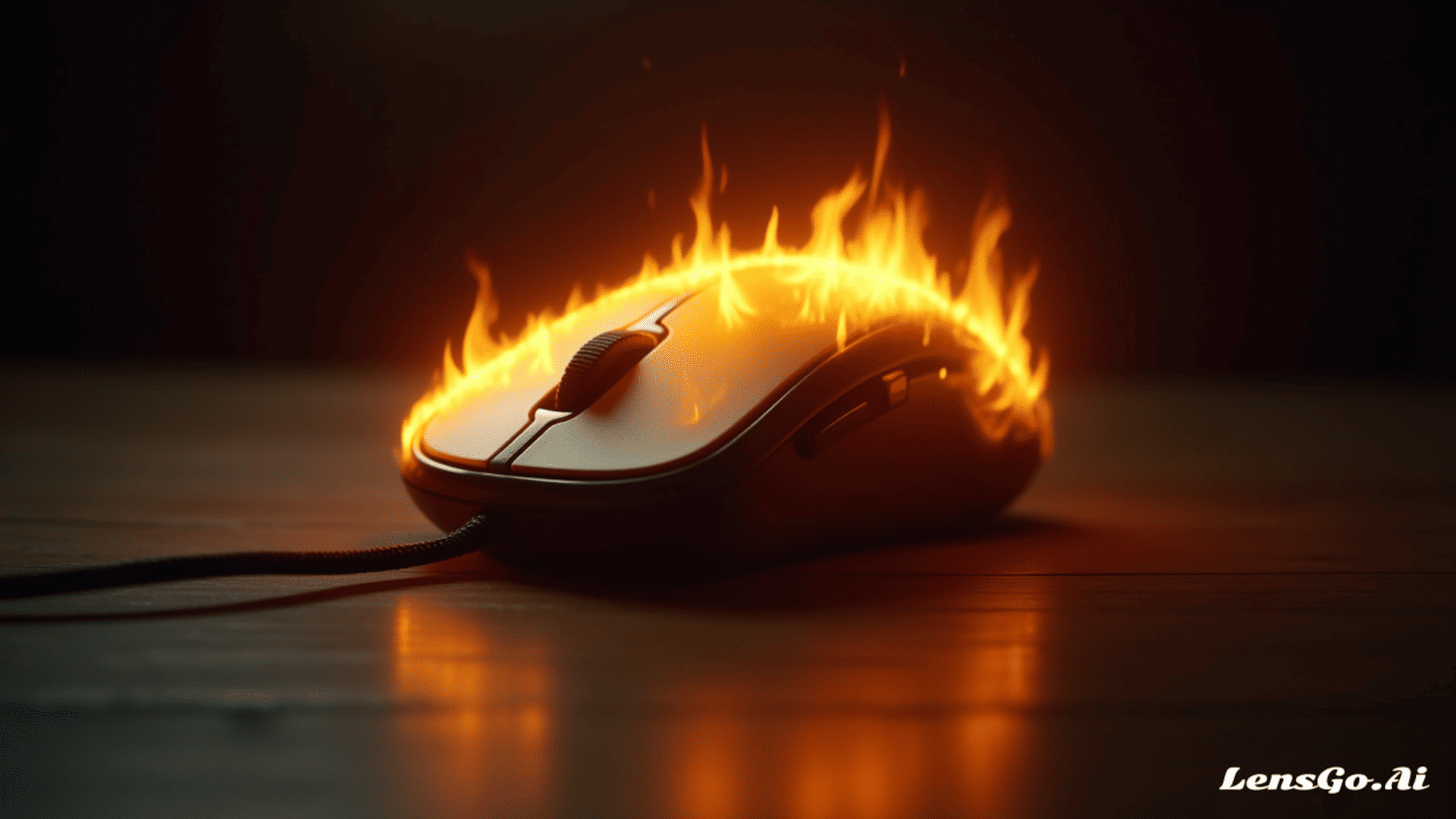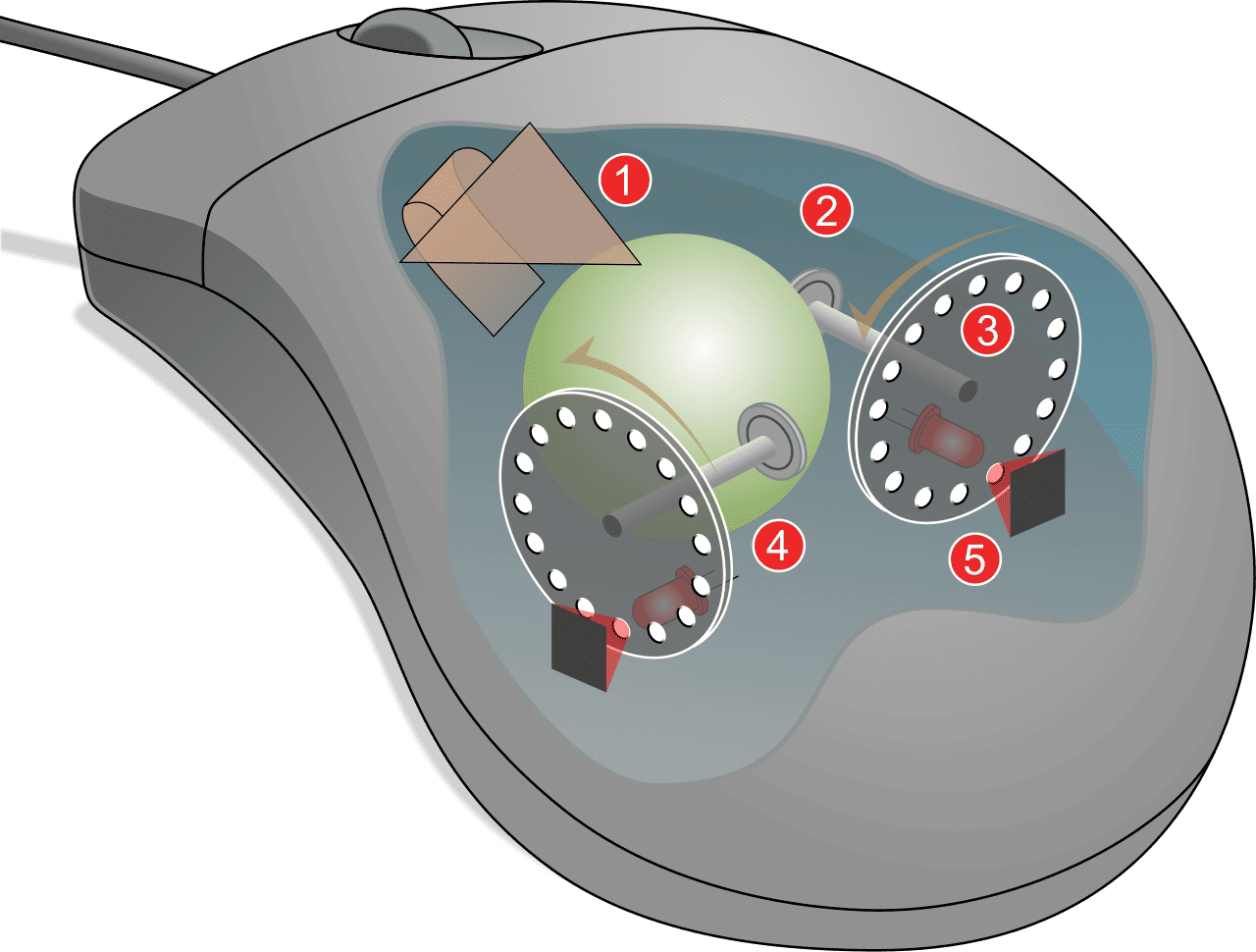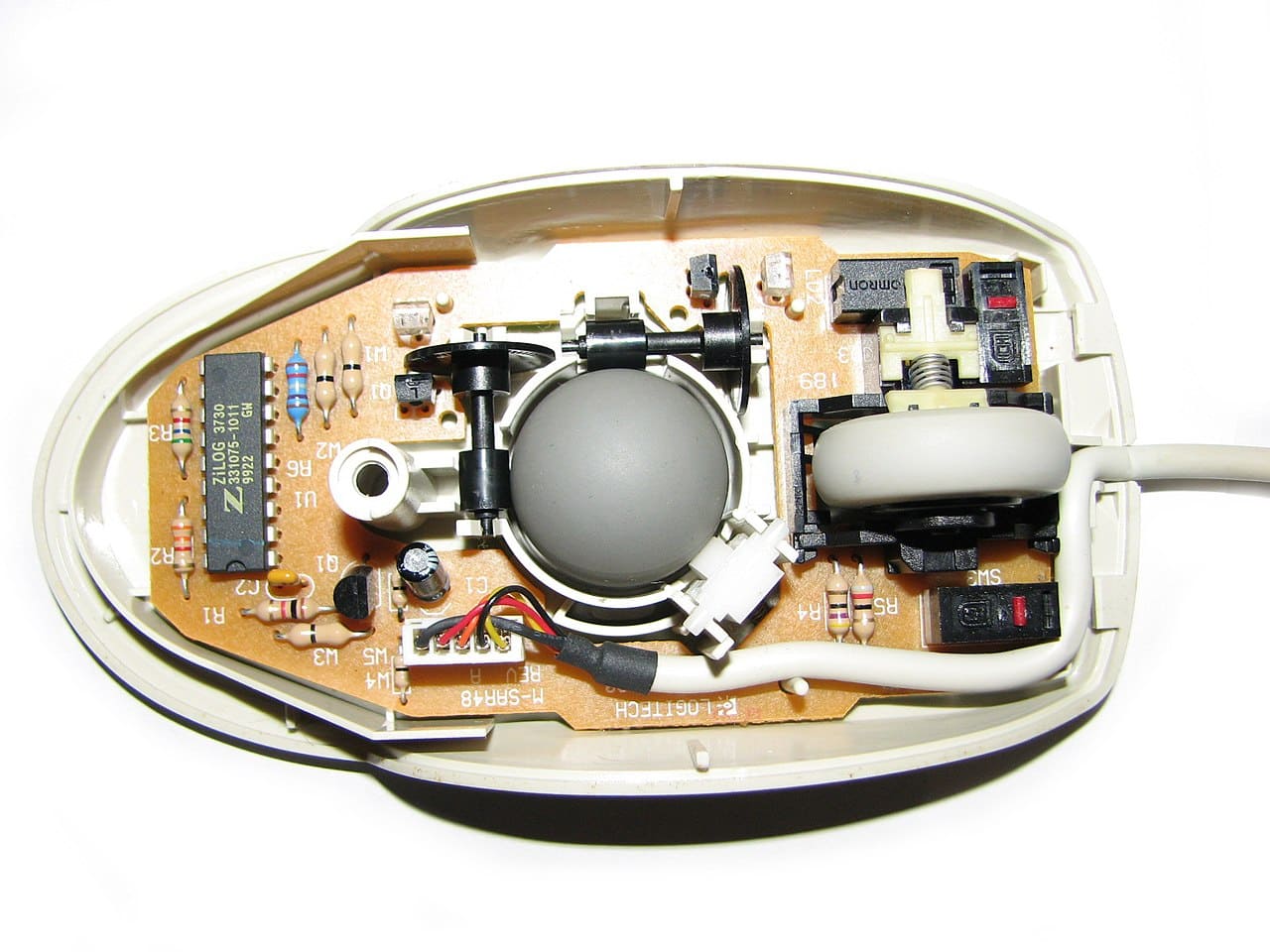
Thodoris Kouleris
Software Engineer

Forgotten Technologies #5: The Ball Mouse
The First Mouse
The first computer mouse was invented in 1964 by Douglas Engelbart, a researcher at the Stanford Research Institute in the United States. The prototype was made of wood and featured two metal wheels to detect movement along the X and Y axes. Engelbart and his team were even awarded a patent for the mouse in 1970.
This device was first showcased in 1968 during the renowned "The Mother of All Demos", a historic technology demonstration where Engelbart introduced not only the mouse but also other innovations considered precursors to modern computers, such as graphical user interfaces.
The name "mouse" came from the shape of the device and its cable, which resembled a tail. In the following decades, mouse technology advanced significantly, starting with the introduction of a ball for movement tracking and later evolving into optical and laser sensors.

The Ball Mouse
The first ball mouse was developed in 1972 by Bill English, a colleague of Douglas Engelbart. Unlike Engelbart's original mouse, which relied on two wheels, the ball mouse used a rolling ball to detect movement, making it more versatile and easier to use.
How the Ball Mouse Worked
The ball inside the mouse was typically made of rubber and could rotate in any direction. As the user moved the mouse across a surface, the ball rolled and rotated. This rotation was transmitted to two rollers that tracked movement along the horizontal (X) and vertical (Y) axes. The rollers converted the ball's mechanical motion into electrical signals, which were then translated into cursor movement on the computer screen.

This ball mechanism made the mouse more practical, as it could detect movement in any direction without restrictions. It was also more durable and reliable than the earlier wheel-based mice, which often encountered alignment and calibration issues. The ball mouse became the dominant design for many years, until the advent of optical and laser mice that no longer required physical contact with a surface.

Limitations of Ball Mice
Despite their success, ball mice had several limitations that eventually led to their replacement by optical and laser mice.
- Need for Cleaning: The ball would collect dust, dirt, and debris as it rolled across surfaces. These particles would accumulate on the rollers and internal components, causing the mouse to lose precision and malfunction. Regular cleaning was necessary, which was inconvenient for users.
- Dependence on Specific Surfaces: Ball mice worked well only on smooth and clean surfaces, such as mouse pads. Surfaces that were too slick, rough, or glossy could interfere with the ball’s ability to roll properly, limiting its effectiveness. Optical and laser mice overcame this limitation by being compatible with a wider range of surfaces.
- Limited Precision: >While sufficient for early applications, the precision of ball mice was inferior to that of modern optical and laser mice. The mechanical nature of their design imposed limitations on the level of detail and responsiveness they could achieve, especially for tasks requiring fine movements.
- Wear and Tear of Mechanical Parts: The mechanical components of ball mice, including the ball and rollers, experienced wear over time. This reduced their performance and accuracy. The points of contact between the ball and rollers could degrade, causing the mouse to “stick” or function poorly.
- Slower Response Times: The mechanical nature of ball mice introduced a slight delay between movement and the corresponding cursor response. While not noticeable in early usage, this delay became more apparent as user demands for speed and precision increased, especially in applications like gaming and graphic design.
- Weight and Movement Resistance: Ball mice were often heavier due to their construction, and the ball’s motion could create minor resistance, particularly during quick movements. In contrast, optical and laser mice are lighter and glide more smoothly, offering a better user experience.
A Legacy in Computing History
Although ball mice were eventually replaced by superior technologies like optical and laser mice, their impact on the development of computing input devices is undeniable. Ball mice bridged the gap between the mechanical limitations of early designs and the high-performance standards of today, securing a place in the history of computing innovation.